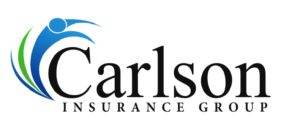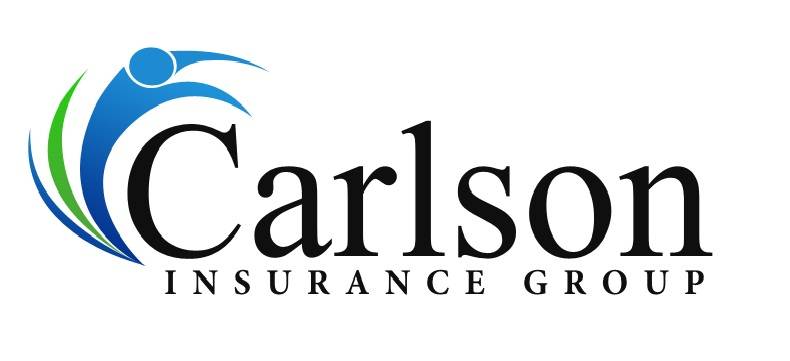In today’s digital age, organizations of all sizes rely heavily on technology and digital systems to conduct their operations. However, this reliance introduces additional exposures and liabilities, making it crucial for businesses to secure adequate cyber insurance coverage.
A cyber insurance policy provides protection against financial losses resulting from a range of cyber incidents, such as data breaches, ransomware attacks, and phishing scams. As these incidents continue to rise in both cost and frequency, organizations can’t afford to overlook the importance of cyber coverage.
While specific cyber insurance offerings may vary between carriers and organizations’ coverage needs can differ based on their particular exposures, cyber insurance policies typically fall into two categories: first-party coverage and third-party coverage. It’s essential for policyholders to understand both categories to fully comprehend the key protections offered by their cyber insurance. Here, we outline the primary components of a cyber insurance policy.
First Party Coverage
First-party cyber insurance protects against losses that an organization directly sustains from a cyber incident. Key types of first-party coverage include:
Incident Response Costs
Covers costs associated with responding to a cyber incident, such as utilizing IT forensics, hiring external services, and restoring damaged systems.
Data Recovery Costs
Helps recover expenses related to reconstituting data that may have been deleted or corrupted during a cyber incident.
Business Interruption Loss
Reimburses lost profits or additional costs incurred due to the unavailability of IT systems or critical data amid a cyber incident.
Contingent Business Interruption Loss
Assists with expenses stemming from business interruptions caused by a third-party cyber incident (e.g., a supplier, vendor, or utility).
Cyber Extortion
Covers costs associated with hiring extortion response specialists to evaluate recovery options and negotiate ransom payment demands during a cyber incident.
Reputational Damage
Helps recover lost revenue related to higher customer churn rates and reduced sales resulting from poor publicity following a cyber incident.
Financial Theft and Fraud
Reimburses direct financial losses stemming from the use of workplace technology to commit fraud or theft of securities, money, or other property.
Physical Asset Damage
Assists with expenses resulting from the destruction of hardware or other physical property due to a cyber incident.
Third-party Coverage
Third-party cyber insurance provides protection for claims made, fines incurred, or legal action taken against an organization due to a cyber incident. Key types of third-party coverage include:
Data Privacy Liability
Covers the costs of dealing with third-party individuals who had their information compromised during a cyber incident, including notifying impacted individuals, offering credit-watch services, and providing additional compensation.
Regulatory Defense
Pays fines, penalties, and other defense costs related to regulatory action or privacy law violations stemming from a cyber incident.
Multimedia Liability
Reimburses defense costs and civil damages resulting from defamation, libel, slander, and negligence allegations associated with the publication of content in electronic or print media. This coverage also offers protection amid copyright, trademark, or intellectual property infringement incidents.
Network Liability
Recovers expenses related to third-party liability concerns that may arise from a cyber incident affecting IT networks. It also provides protection if cybercriminals pass through IT networks to attack other parties (e.g., customers, investors, or suppliers).
Technology Errors and Omissions Liability:
Reimburses costs associated with third-party claims alleging technical service or product failures, including claims filed in response to a cyber incident.
Conclusion
Understanding the various components of a cyber insurance policy is crucial for any organization that relies on digital systems. By securing comprehensive first-party and third-party coverage, businesses can better protect themselves against the financial repercussions of cyber incidents. As the threat landscape continues to evolve, investing in robust cyber insurance coverage is an essential step in safeguarding your organization’s future.
To ensure your business is fully protected, contact Carlson Insurance Group today. Our team of experts is ready to help you navigate the complexities of cyber insurance and tailor a policy that meets your unique needs. Don’t wait until it’s too late—reach out to us now and secure the best coverage for your organization.






